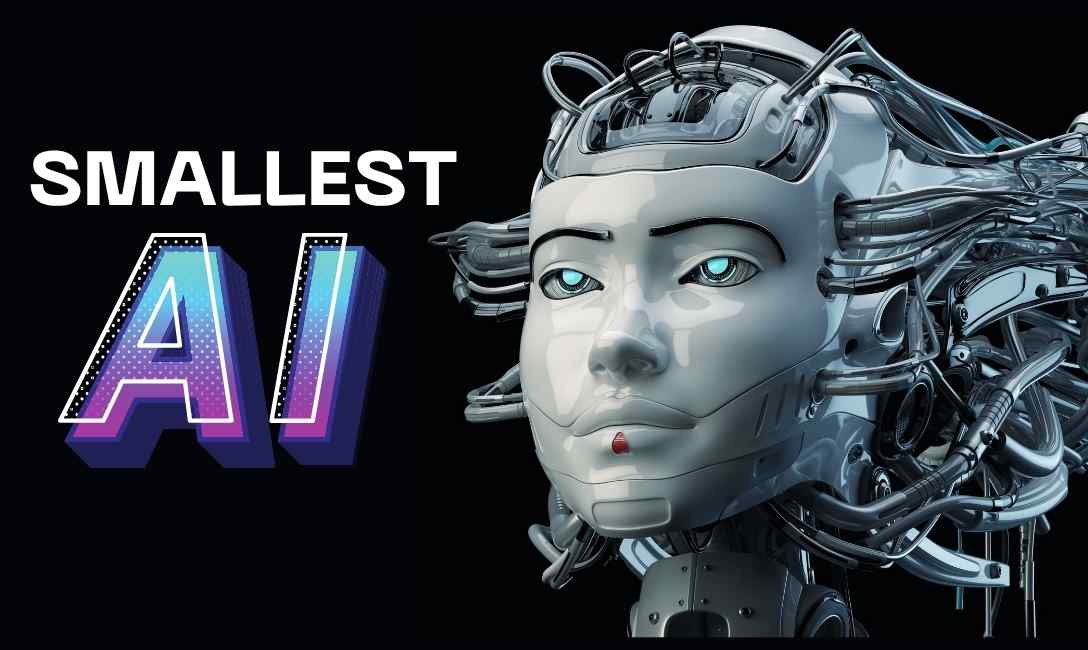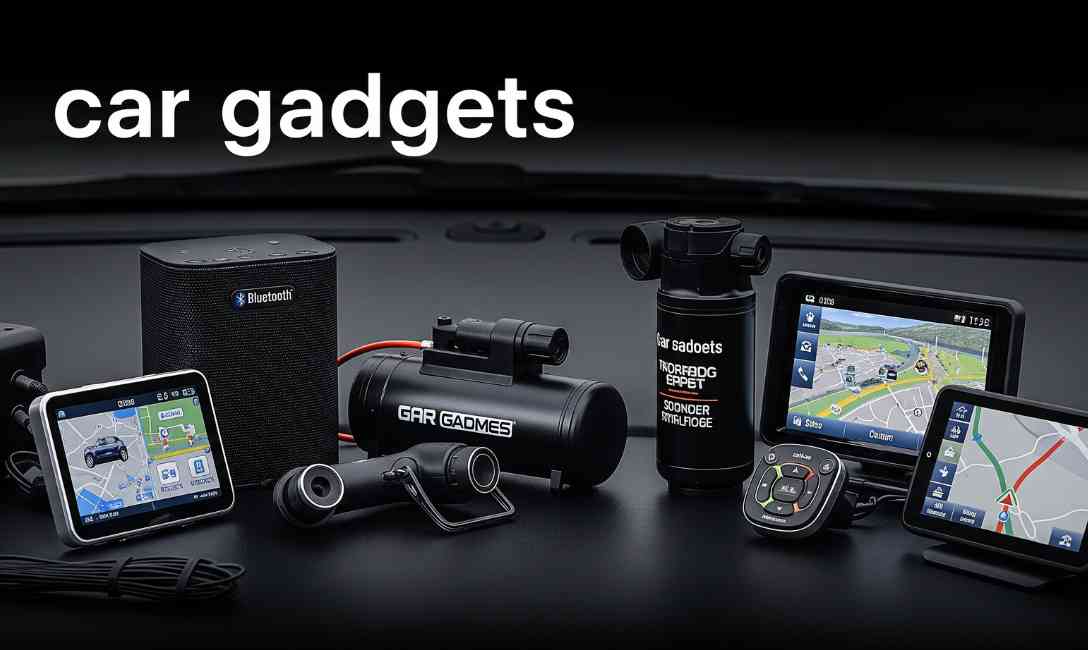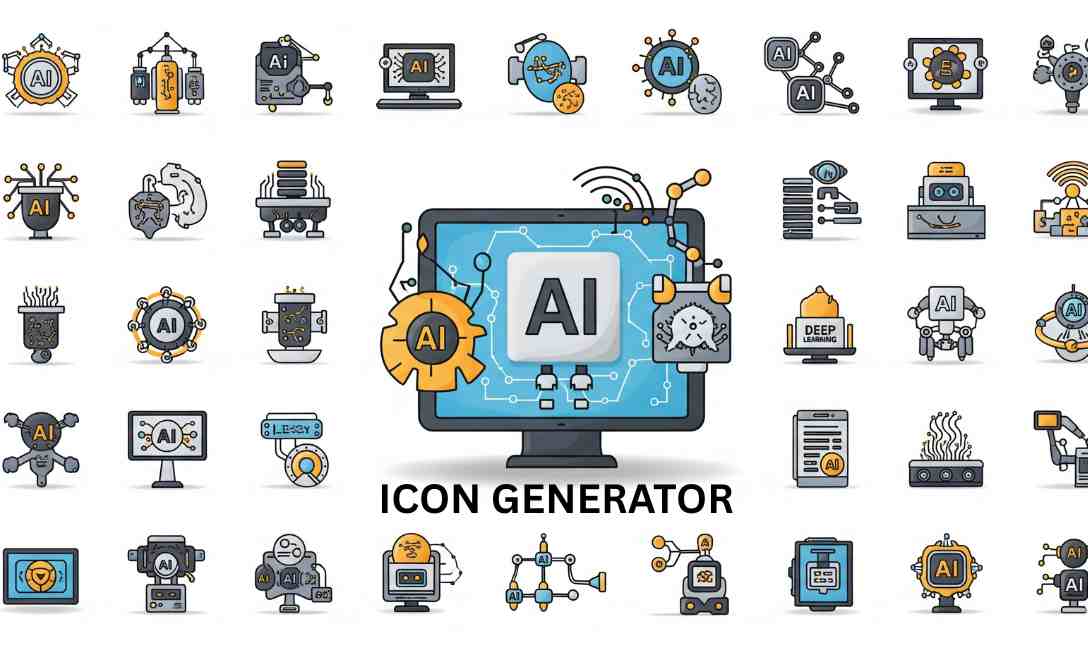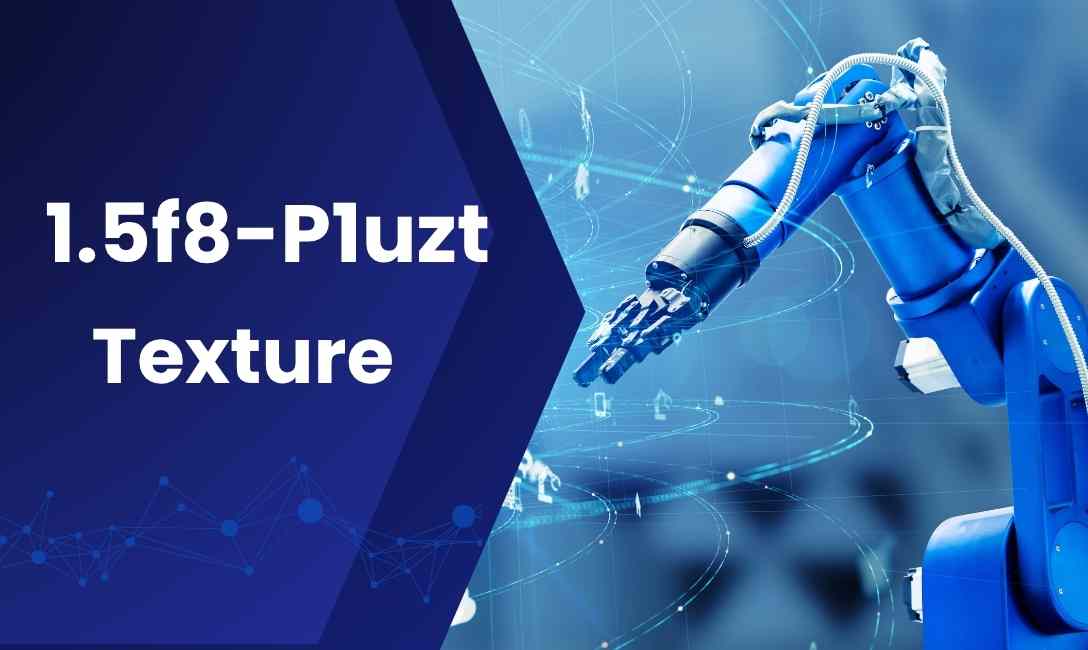Artificial Intelligence (AI) has long been associated with powerful computers, data centers, and cloud-based technologies. But in recent years, a fascinating shift has occurred—AI is getting smaller. Literally. From smart wearables to tiny chips embedded in drones and medical devices, the smallest AI systems are quietly revolutionizing how technology fits into our everyday lives.
This article explores what the smallest AI means, where it’s being used, how it works, and why it matters more now than ever before.
What Is the Smallest AI?
Smallest AI refers to artificial intelligence models and systems that are compact in size yet capable of performing intelligent tasks. Tiny AIs run efficiently on minimal hardware like microcontrollers, low-power chips, or edge devices. Unlike traditional AI systems that demand massive computational power, developers optimize these small AIs for speed, efficiency, and targeted functionality.
They are often referred to as:
- Edge AI
- TinyML (Tiny Machine Learning)
- Embedded AI
These systems use compressed machine learning models that can run on small devices like sensors, wearables, or even hearing aids—without relying on constant cloud connectivity.
The Rise of TinyML and Edge AI
One of the major forces behind the growth of the smallest AI is TinyML. It is a field of machine learning focused on deploying ML models on tiny, low-power hardware.
Why TinyML Matters:
- Low latency: Faster response times as data is processed locally.
- Reduced power usage: Ideal for battery-operated devices.
- Improved privacy: No need to send sensitive data to the cloud.
- Offline capabilities: Works even without internet access.
Edge AI takes a similar approach, enabling small devices like cameras, sensors, and phones to process data and make decisions instantly, without needing a central server.
Real-World Applications of the Smallest AI
1. Healthcare and Medical Devices
AI-powered hearing aids can now adjust frequencies in real-time using embedded algorithms. Pacemakers, insulin pumps, and other medical tools also benefit from tiny AIs that adapt to patient behavior without external intervention.
2. Smart Wearables
Fitness trackers, smart rings, and AR glasses use miniature AI to track heart rate, sleep patterns, and even detect falls—all within a compact form.
3. Agriculture
Smart sensors embedded in soil can detect moisture levels and send data to irrigation systems to automate watering—powered by tiny AI chips.
4. Drones and Robotics
Drones equipped with the smallest AI chips can navigate autonomously, avoid obstacles, and even recognize objects—all while flying.
5. IoT Devices
Smart home systems like thermostats, security cameras, and door locks are getting smarter and more efficient thanks to embedded AI.
How Does the Smallest AI Work?
Small AI systems use compressed neural networks that require less data and memory. These systems are built using frameworks like:
- TensorFlow Lite
- PyTorch Mobile
- Edge Impulse
- Apache TVM

AI models are trained on powerful machines and then quantized (reduced in size) to fit on low-resource devices. These models can then run using just a few kilobytes of RAM and minimal processing power.
Benefits of Using Smallest AI Systems
- Efficiency: Perform tasks using less power and processing time.
- Scalability: Deploy across millions of small, inexpensive devices.
- Accessibility: Makes AI more affordable for developing countries and small businesses.
- Customization: Easier to tailor small AI for specific tasks or industries.
- Enhanced Security: Processes data locally, reducing risk of breaches.
Challenges and Limitations
While promising, the smallest AI systems do face certain challenges:
- Limited computational power means they can’t perform complex tasks.
- Model compression can lead to slight reductions in accuracy.
- Hardware constraints make it difficult to update or re-train models frequently.
Yet, despite these limitations, the smallest AI continues to advance and grow in capability.
What Does the Future Hold?
As chip technology and AI algorithms evolve, the future of smallest AI looks bright. Here’s what we can expect:
- Smarter edge devices with real-time learning capabilities.
- Improved hardware-software synergy for faster and more accurate responses.
- Increased adoption in underdeveloped areas due to affordability and low-power consumption.
- Integration with 5G and IoT to build hyper-connected, intelligent environments.
The intersection of AI miniaturization and real-time processing is not just a trend—it’s a revolution that’s already reshaping industries from within.
📊 Table: Comparison Between Traditional AI vs Smallest AI
| Feature | Traditional AI | Smallest AI |
| Power Consumption | High | Extremely Low |
| Location | Cloud/Data Centers | On-device/Edge |
| Speed | Depends on internet | Near-instant |
| Data Privacy | Requires upload | Local processing |
| Scalability | Expensive | Highly scalable |
| Offline Capable | No | Yes |
Expert Opinion: Why Smallest AI Deserves More Attention
As an AI researcher and digital strategist, I’ve seen how enterprises are increasingly shifting toward smaller, smarter, and more secure technologies. The smallest AI offers a high return on investment, especially for startups and businesses that can’t afford large-scale AI infrastructure.
In the future, AI won’t just be a buzzword attached to cloud computing giants. It’ll be embedded in your shoes, your plants, your glasses—even your toothbrush.
Final Thoughts
The smallest AI may not get as much spotlight as ChatGPT or Tesla’s supercomputers, but its impact is quietly growing. It’s bringing intelligence to everyday devices, reducing energy consumption, and enabling a more sustainable, connected world.
Whether you’re an entrepreneur, tech enthusiast, or just a curious reader, it’s worth paying attention to the miniaturization of intelligence. Because sometimes, the smartest things come in the smallest packages.
FAQs about the Smallest AI
Q1: What is the smallest AI chip available today?
A: Chips like Ambiq Apollo3 Blue and Google’s Edge TPU are among the smallest and most efficient AI chips, designed for low-power applications.
Q2: Can smallest AI systems be trained on-device?
A: Some edge devices support limited on-device training, but most rely on cloud-based training and local inference.
Q3: Are smallest AI systems secure?
A: Yes. Since they often process data locally, there’s less risk of data breaches and improved privacy control.
Q4: How much power do tiny AI devices consume?
A: Many consume less than a few milliwatts of power, making them ideal for battery-powered applications.




